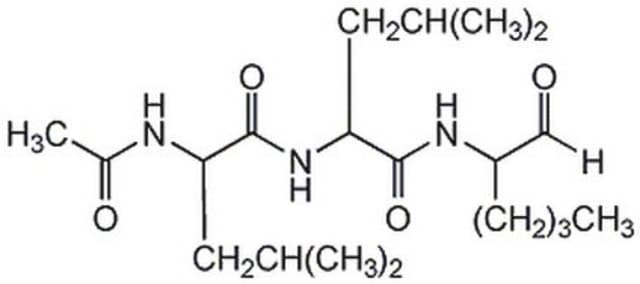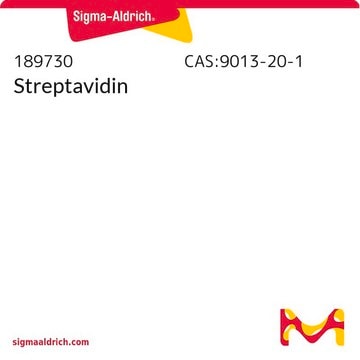QBD10773
dPEG®24-biotin acid
>95% (HPLC)
Sinónimos:
Biotin-PEG-acid, Biotin-PEG24-COOH, PEG1000 biotin acid, PEG24-biotin acid
About This Item
Productos recomendados
Análisis
>95% (HPLC)
formulario
solid or viscous liquid
idoneidad de la reacción
reaction type: Biotinylations
reaction type: Pegylations
arquitectura del polímero
shape: linear
functionality: monofunctional
Condiciones de envío
ambient
temp. de almacenamiento
−20°C
Características y beneficios
Automate your Biotin tagging with Synple Automated Synthesis Platform (SYNPLE-SC002)
Información legal
Código de clase de almacenamiento
11 - Combustible Solids
Clase de riesgo para el agua (WGK)
WGK 3
Punto de inflamabilidad (°F)
Not applicable
Punto de inflamabilidad (°C)
Not applicable
Certificados de análisis (COA)
Busque Certificados de análisis (COA) introduciendo el número de lote del producto. Los números de lote se encuentran en la etiqueta del producto después de las palabras «Lot» o «Batch»
¿Ya tiene este producto?
Encuentre la documentación para los productos que ha comprado recientemente en la Biblioteca de documentos.
Nuestro equipo de científicos tiene experiencia en todas las áreas de investigación: Ciencias de la vida, Ciencia de los materiales, Síntesis química, Cromatografía, Analítica y muchas otras.
Póngase en contacto con el Servicio técnico

![O-[2-(Biotinyl-amino)ethyl]-O′-(2-carboxyethyl)polyethylene glycol Mp 3,000](/deepweb/assets/sigmaaldrich/product/structures/285/242/a1e6e88b-5b7d-43b5-9bb0-18dcbfdccf43/640/a1e6e88b-5b7d-43b5-9bb0-18dcbfdccf43.png)






